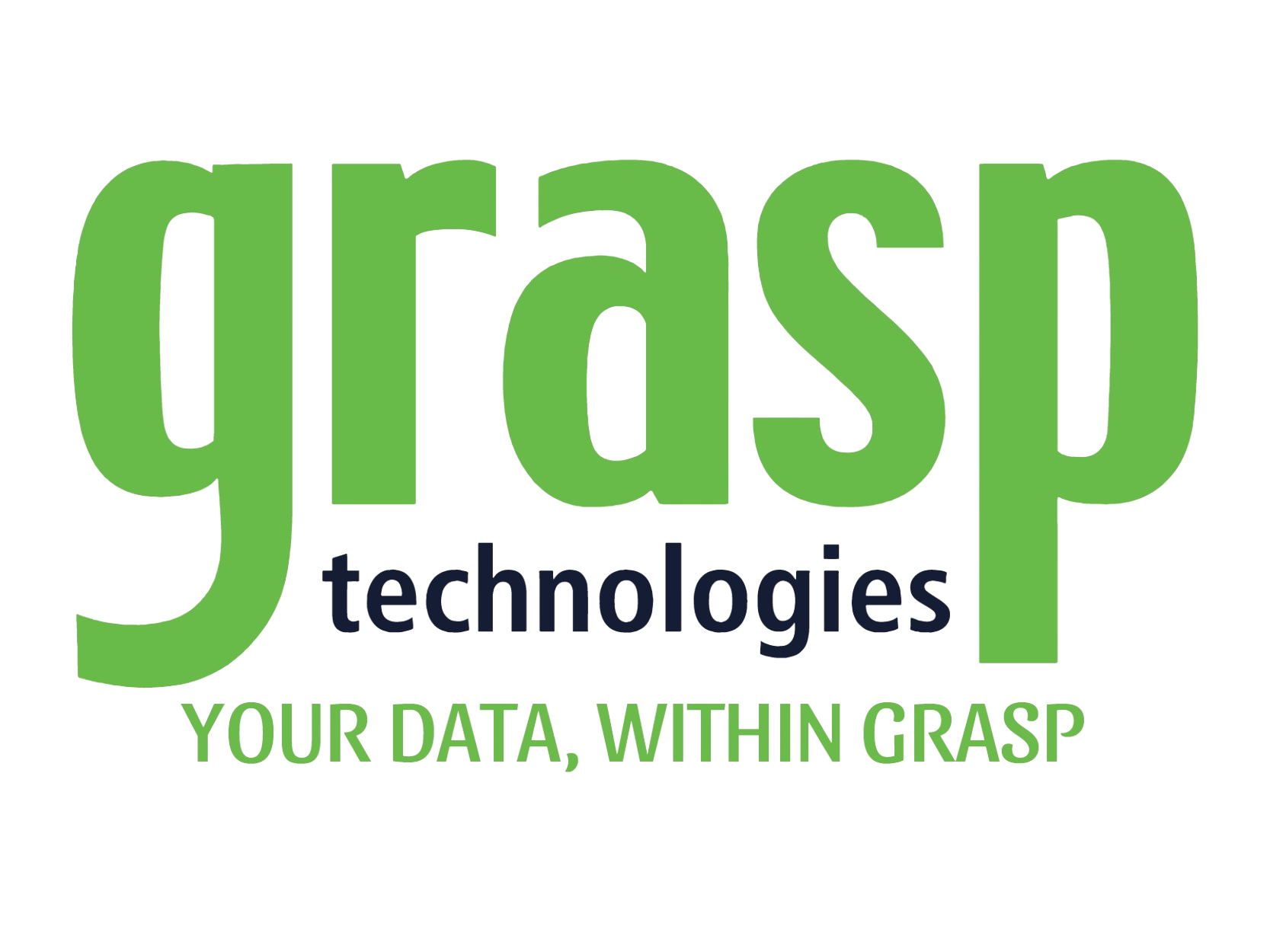When you make decisions, you want to work with the best information available. You want data that is accurate, robust and intelligent. We don’t need to tell you that if you work with poor quality data, then you are not making the best decisions possible. For Travel Management Companies (TMCs) and Corporate Travel Programs, data quality is what drives your operation forward and towards the right direction; And for many TMCs and Travel Departments, data quality is an uphill battle. So let's talk about a long-standing problem, specifically with hotel booking information.
Which hotel is this?
On average, the names of hotels can appear in 7 different variations. While these variations can sometimes be very different from one another (sometimes it is a misspelling in the hotel name, address or phone number), most of the time, the differences are subtle. For example, writing “Main St” versus “Main Street”. Hotel names can be abbreviated, misspelled or missing words in the name. The address can be vague, such as “London” without a street address. Phone numbers can be missing digits, be completely wrong or just non-existent.
On top of it all, based on our experience normalizing millions of hotel name variations, 12% of hotel names require translations, 28% require manual review, and with all the recent acquisitions during the COVID-19 Pandemic, reconciling hotel data from combined travel providers creates an even greater headache.

Without cleansing and normalizing this data, it is nearly impossible to analyze and report on bookings at individual hotel properties. Even simple questions such as “How many bookings do I have in Chicago?” cannot be answered accurately.
what does this mean for your business
We’ve established that there are inconsistencies in the names of hotels, which in the end equates to errors and inconsistencies in your travel data. This puts a fine point on why the cleansing and normalization of that data is critical.
Hotel normalization essentially removes the ambiguity and bad data surrounding hotel property information, and allows for accurate reporting on a per property basis which can also correlate to a master preferred properties list.
With accurate hotel data comes accurate reporting of spend/sales, numbers of bookings, average nightly rate at individual hotel properties and chains. Additionally, with cleansing and normalizing of hotel data, you will be able to reconcile hotel folio and expense items with specific hotel properties to provide the true cost of stay. This means putting the power back into the hands of you and your business. You will have the ability to negotiate better hotel rates and contracts based on accurate data and not an estimation or what a hotel vendor tells you.
If 2020 has taught us anything, it’s that disasters and crises can happen and the best we can do is to be as prepared as possible. When the COVID-19 pandemic hit, it further exposed a need to quickly and accurately identify where your travelers were around the world. If a single hotel is coming up in 3 or 4 different names in your system, there is a high risk that you’ll miss one of the variations. Having one “Master Hotel Property” will allow for you to have information to locate travelers staying at hotels within disaster or high risk areas.
cleanse and normalize
Grasp Technologies designed GraspSNAP (Supplier Normalization Accuracy Program) to specifically solve this problem with hotel bookings. There are typically three pieces of information about a hotel - name, address, and phone number. Any or all of these could be accurate (or not), so all three are taken into account when determining the hotel location.
GraspSNAP works by normalizing back office data, manual uploads, and GDS data and can work across any data source that provides at least 2 of the following 3 pieces of information: hotel name, hotel address, and hotel phone number. After each sync or data upload, new or changed hotels are automatically detected and re-queued for normalization. First, an initial baseline list of your hotel properties are queued for normalization, which usually takes between 7 and 10 days to normalize. After that, new or changed hotel properties are normalized within 1 day. What about hotel properties being bought and sold between chains? GraspSNAP can detect the change of ownership and normalize it accordingly.
Our goal is to ultimately resolve if the name, address, and phone number actually point to a hotel location. Third-party mapping services plus internal master tables are referenced to derive if these three pieces of information truly correlate to a hotel property. Our process for geocoding and verifying the legitimacy of a specific hotel location consists of 10 steps. If that doesn’t give us the level of accuracy we strive for, we have a team that manually reviews and ensures accuracy by updating our hotel tables. This process is how we can start with almost 3 million property names and collapse them down to 300,000.
As distinct hotel names, addresses, and phone numbers are geocoded, GraspSNAP then collapses them into a single master hotel property record which is used for enriching hotel vendor information, which then flows into reporting. This allows users to query for items such as “show me properties in San Diego” or “show me the total sales for all Hilton properties in Mexico City”.


